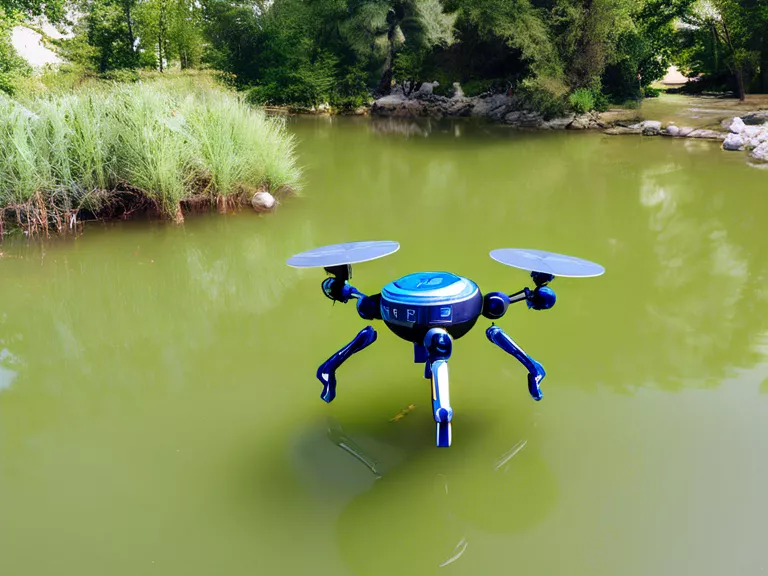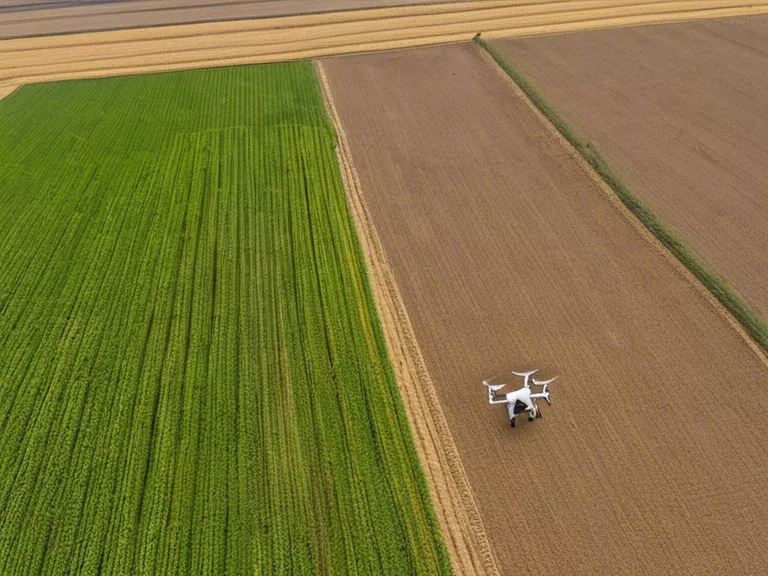
Swarm Robotics is revolutionizing environmental monitoring efforts by enabling autonomous fleets of robots to collect data and information in complex and dynamic environments. This cutting-edge technology has the potential to drastically improve our understanding of the natural world and help us make informed decisions to protect and preserve the environment. From monitoring wildlife populations to detecting pollution levels, Swarm Robotics is paving the way for a more efficient and comprehensive approach to environmental monitoring.
One of the key advantages of Swarm Robotics in environmental monitoring is its ability to cover a large area in a short amount of time. By deploying multiple robots that work together as a cohesive unit, researchers can gather data from multiple points simultaneously, providing a more holistic view of the environment. This allows for quicker data collection and analysis, leading to more timely and accurate insights.
Additionally, Swarm Robotics offers a level of adaptability and flexibility that traditional monitoring methods lack. These robots can navigate through challenging terrains, withstand harsh weather conditions, and autonomously adjust their operations based on real-time feedback. This adaptability makes Swarm Robotics ideal for monitoring hard-to-reach or hazardous environments where human intervention may not be feasible.
Furthermore, Swarm Robotics can enhance the scalability of environmental monitoring efforts. By adding more robots to the fleet, researchers can increase the coverage area and data collection capabilities without incurring significant additional costs. This scalability makes Swarm Robotics a cost-effective solution for monitoring large and diverse ecosystems.
In conclusion, Swarm Robotics is playing a crucial role in advancing environmental monitoring efforts by providing a more efficient, adaptable, and scalable approach to data collection. As this technology continues to evolve, we can expect to see even greater strides in our ability to monitor, protect, and conserve the environment for future generations.



